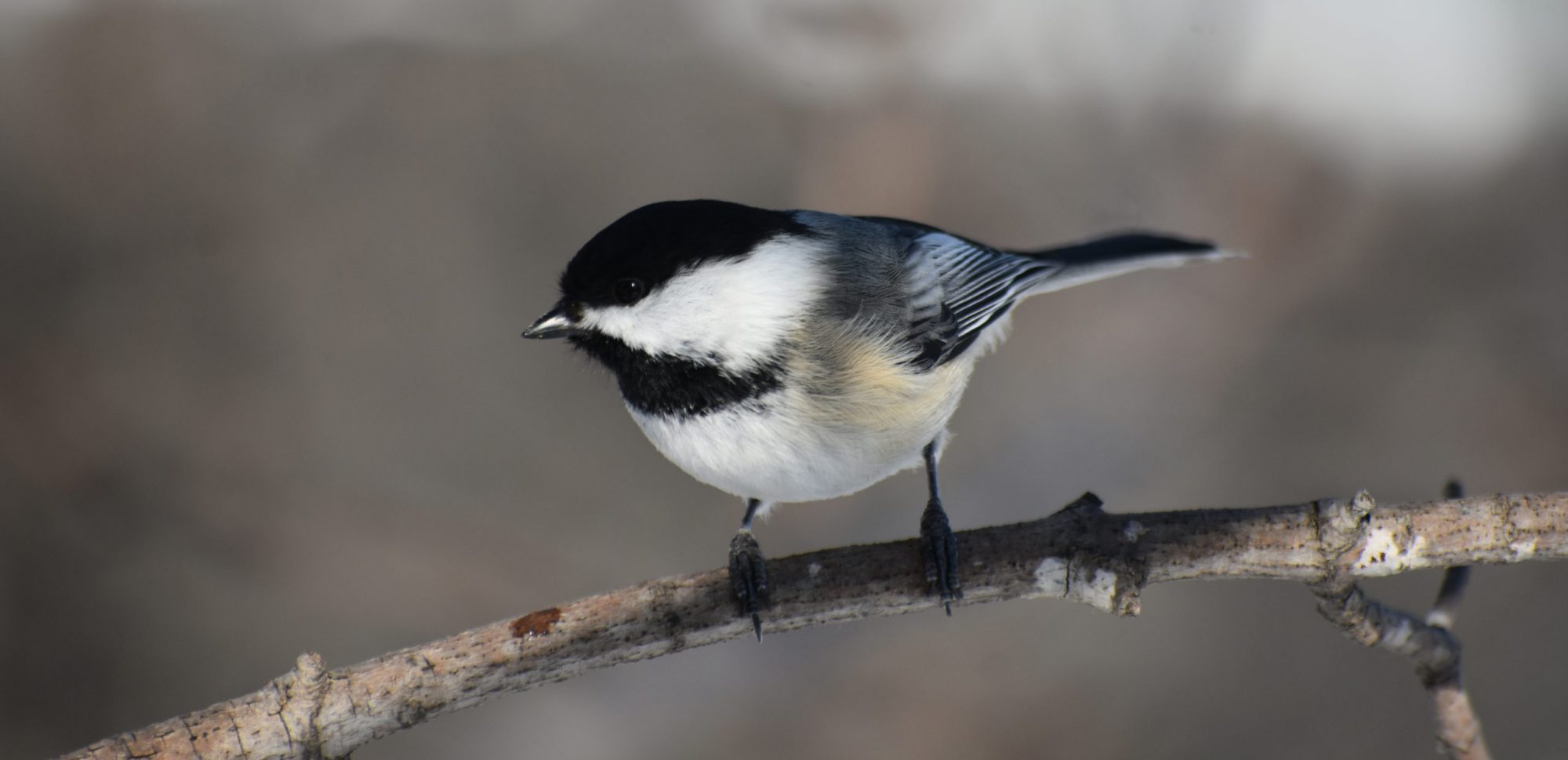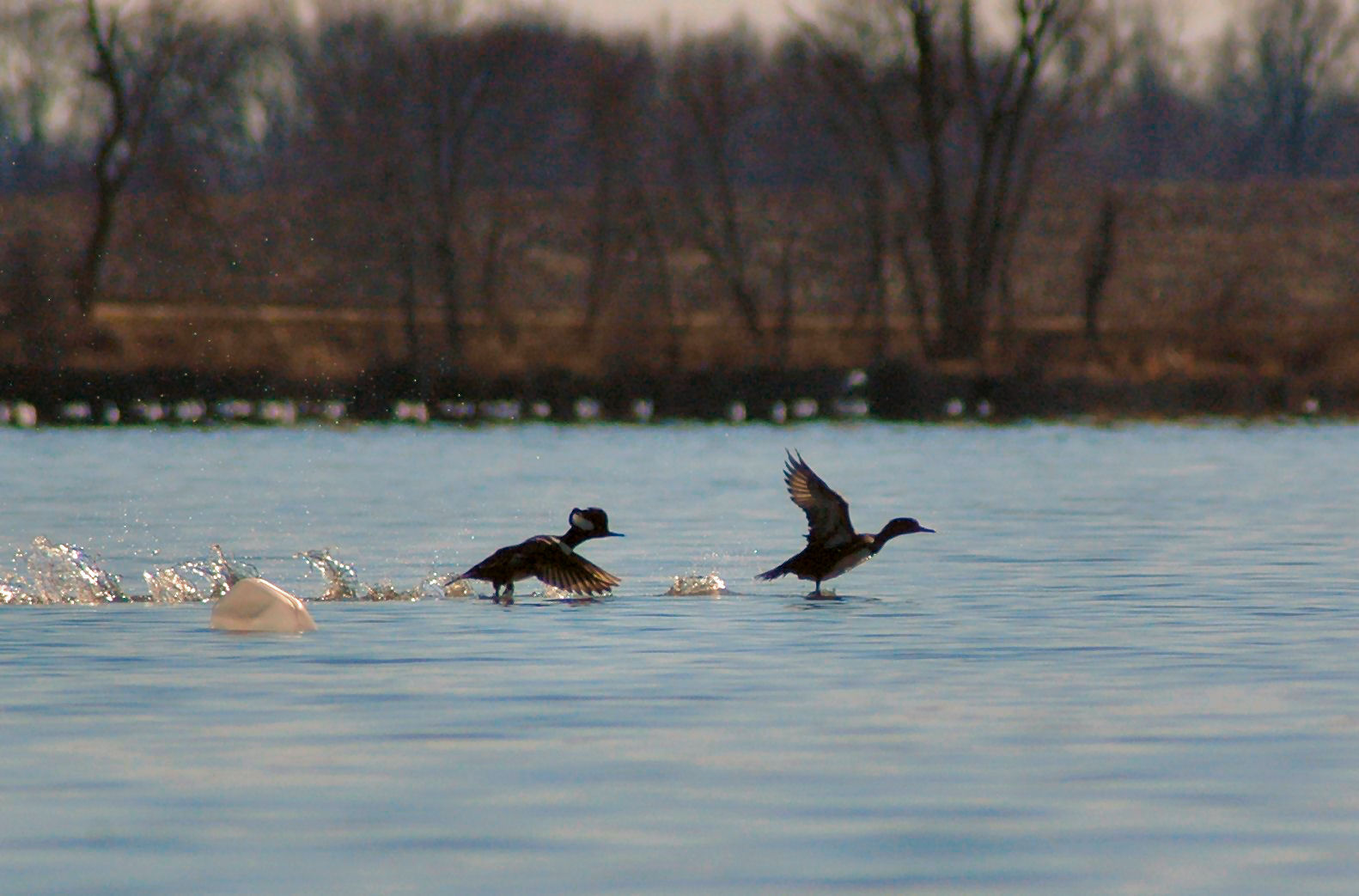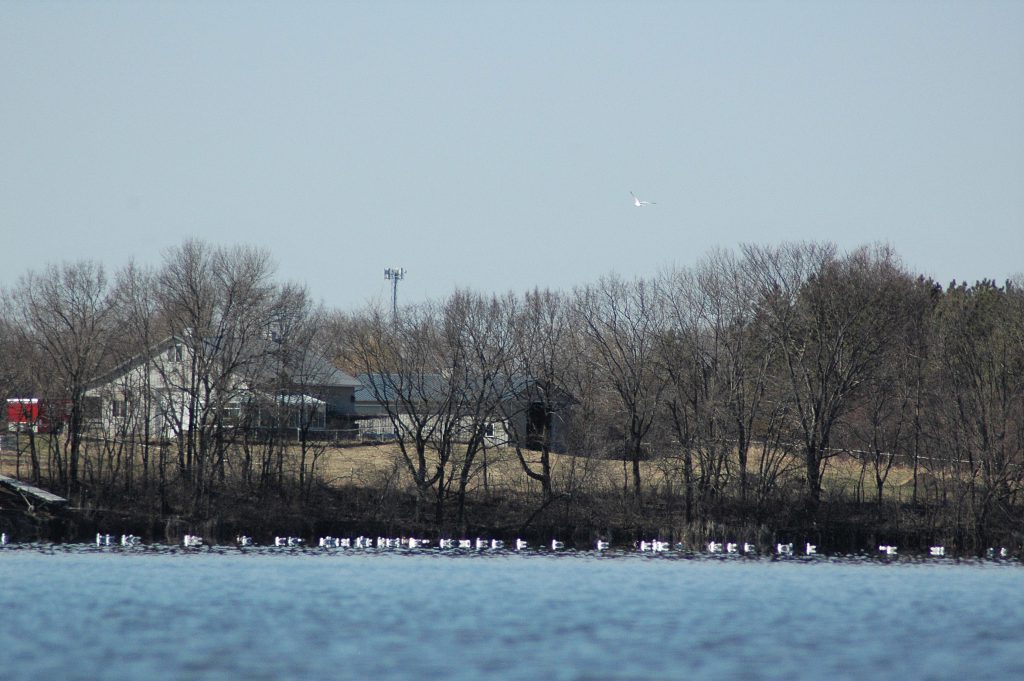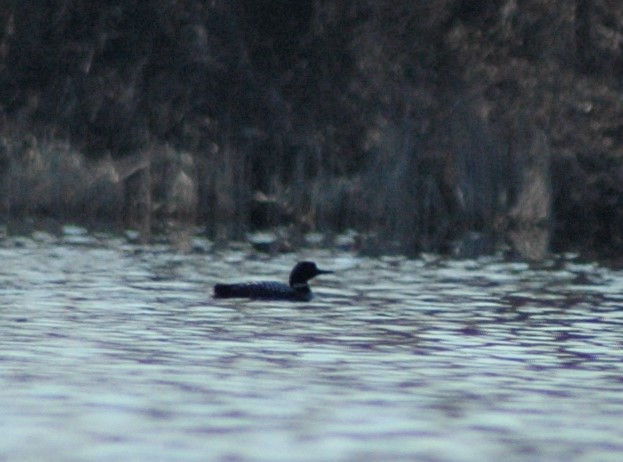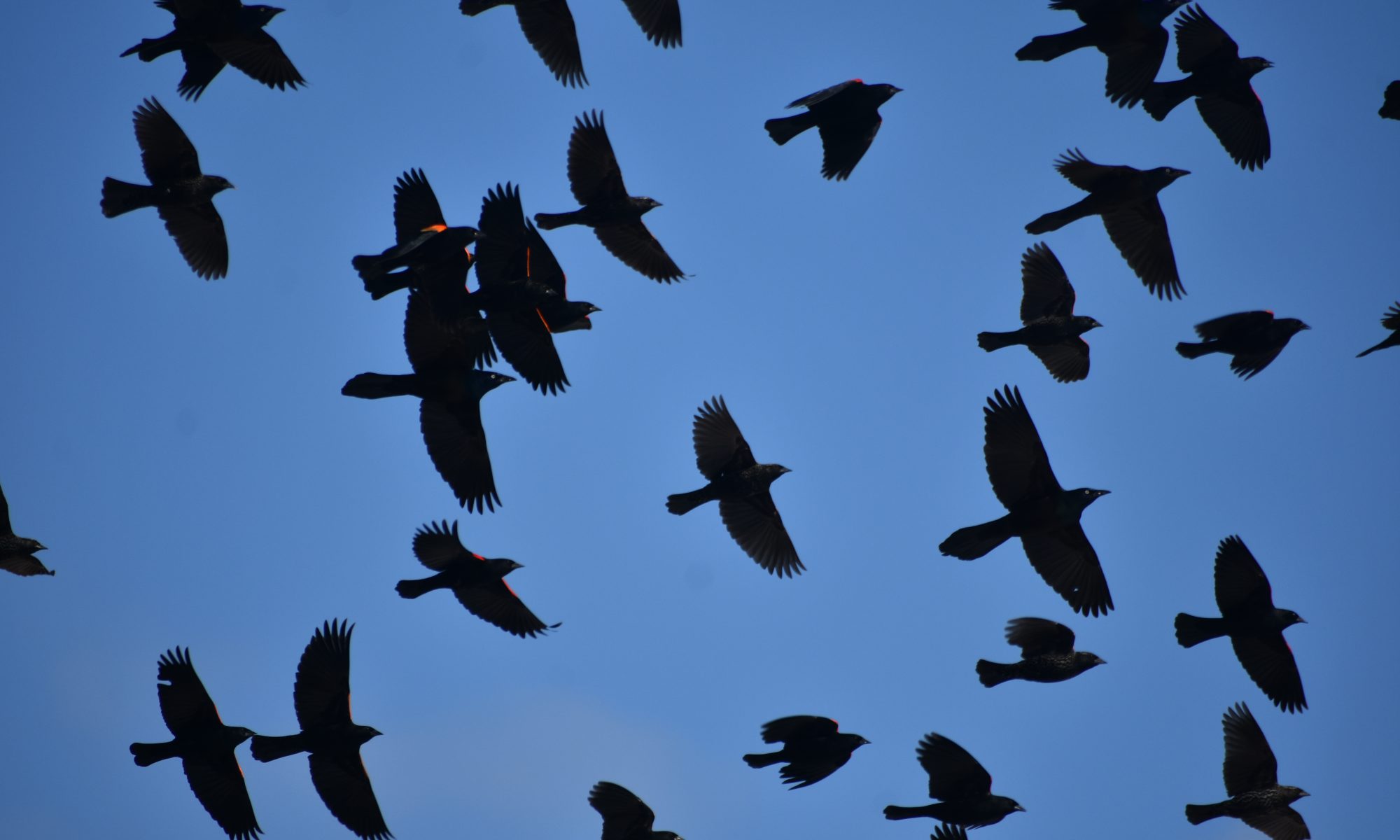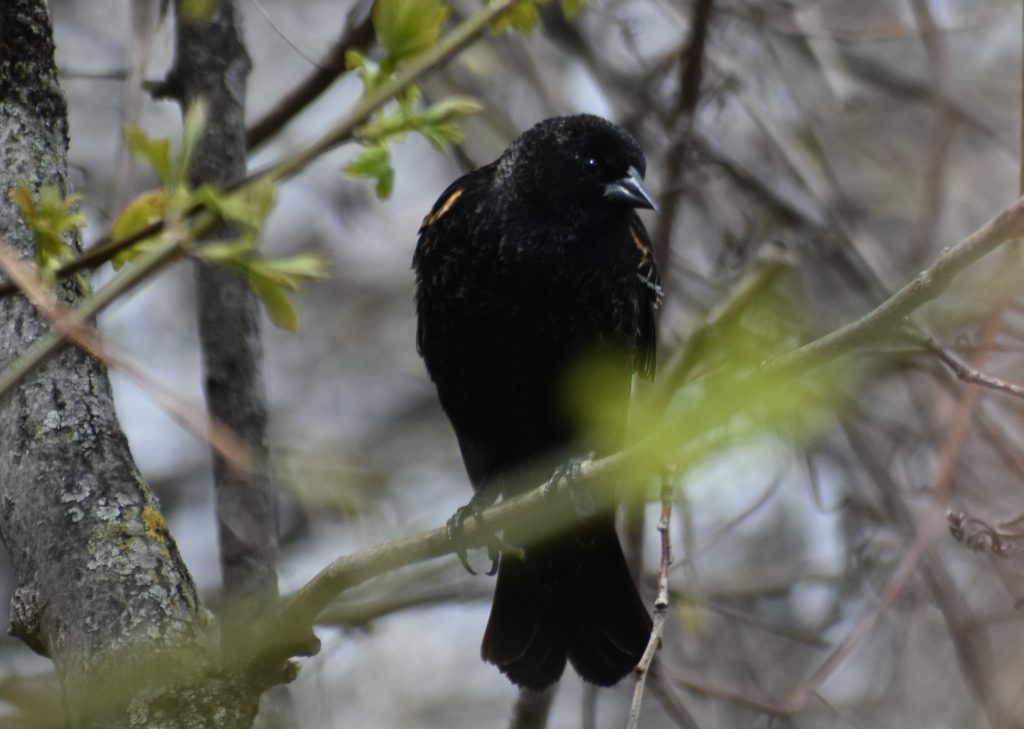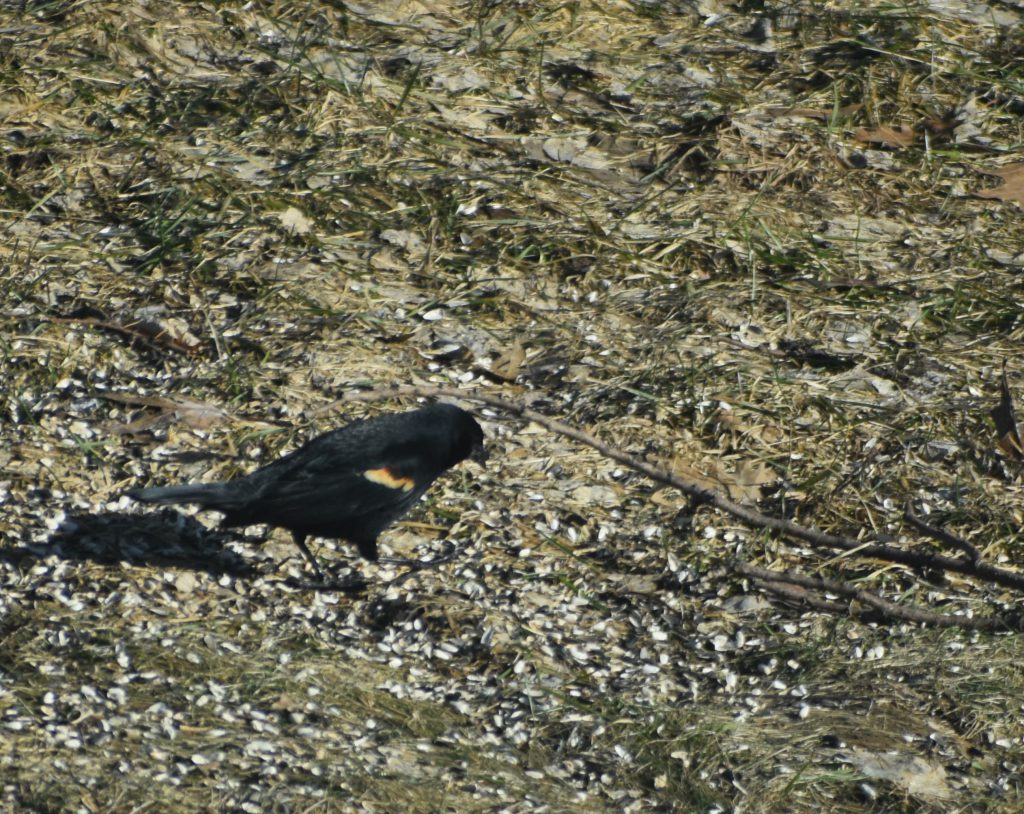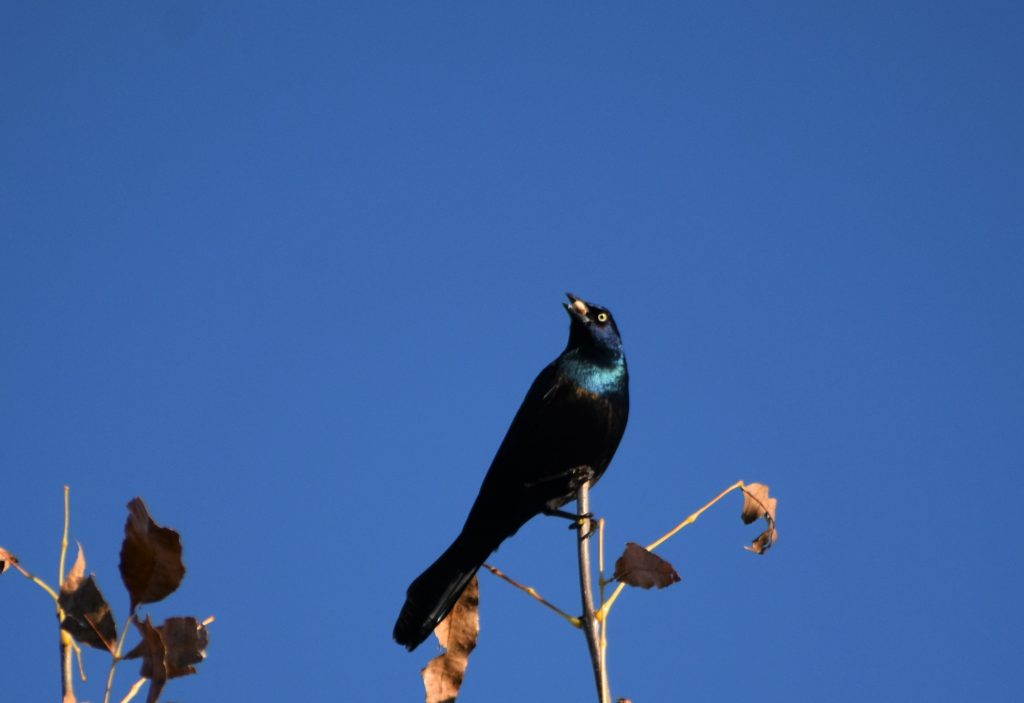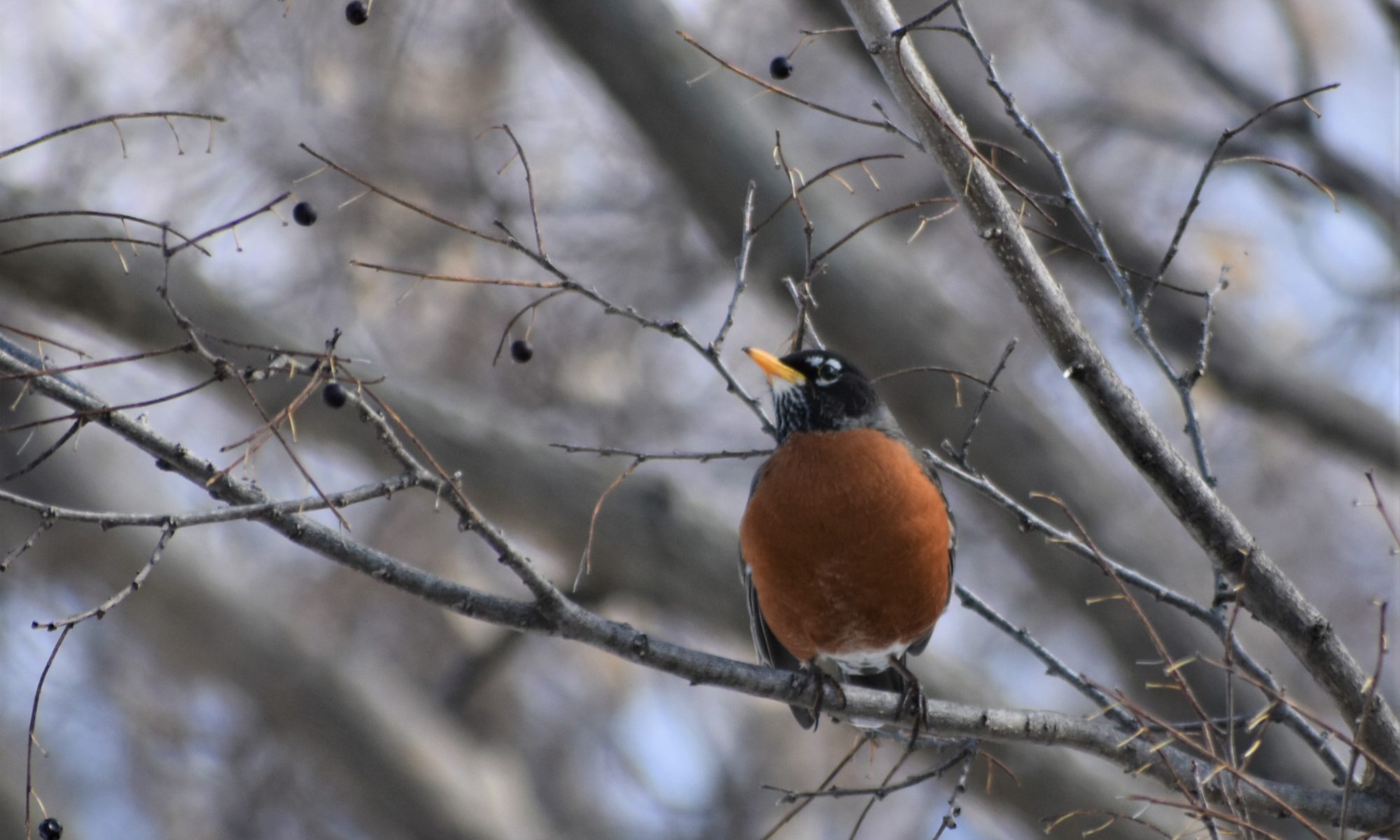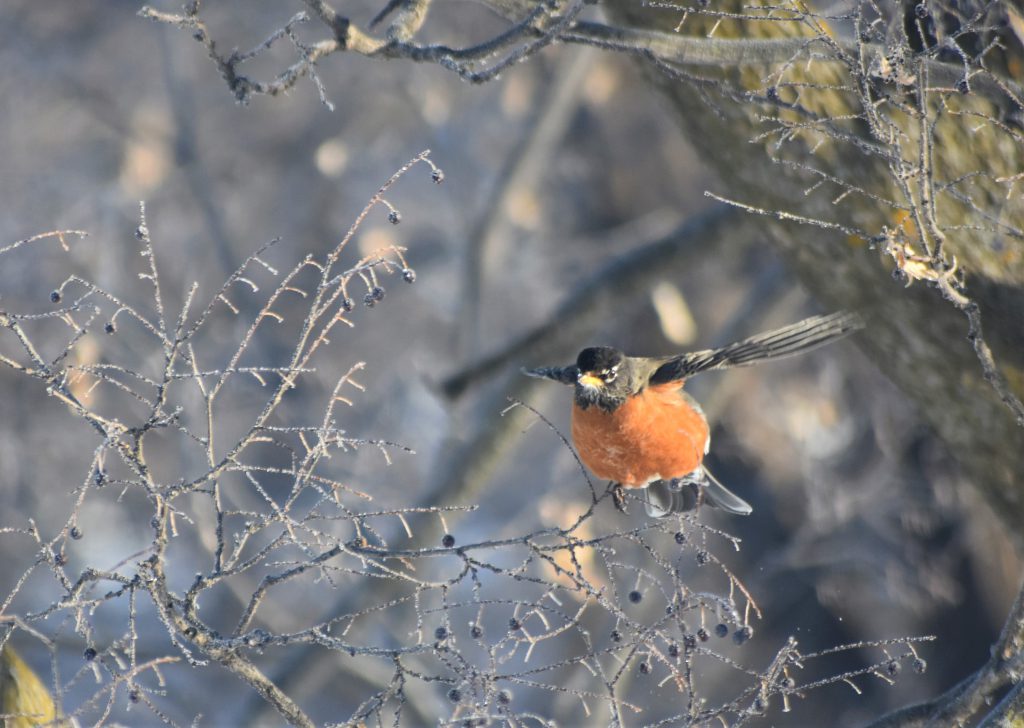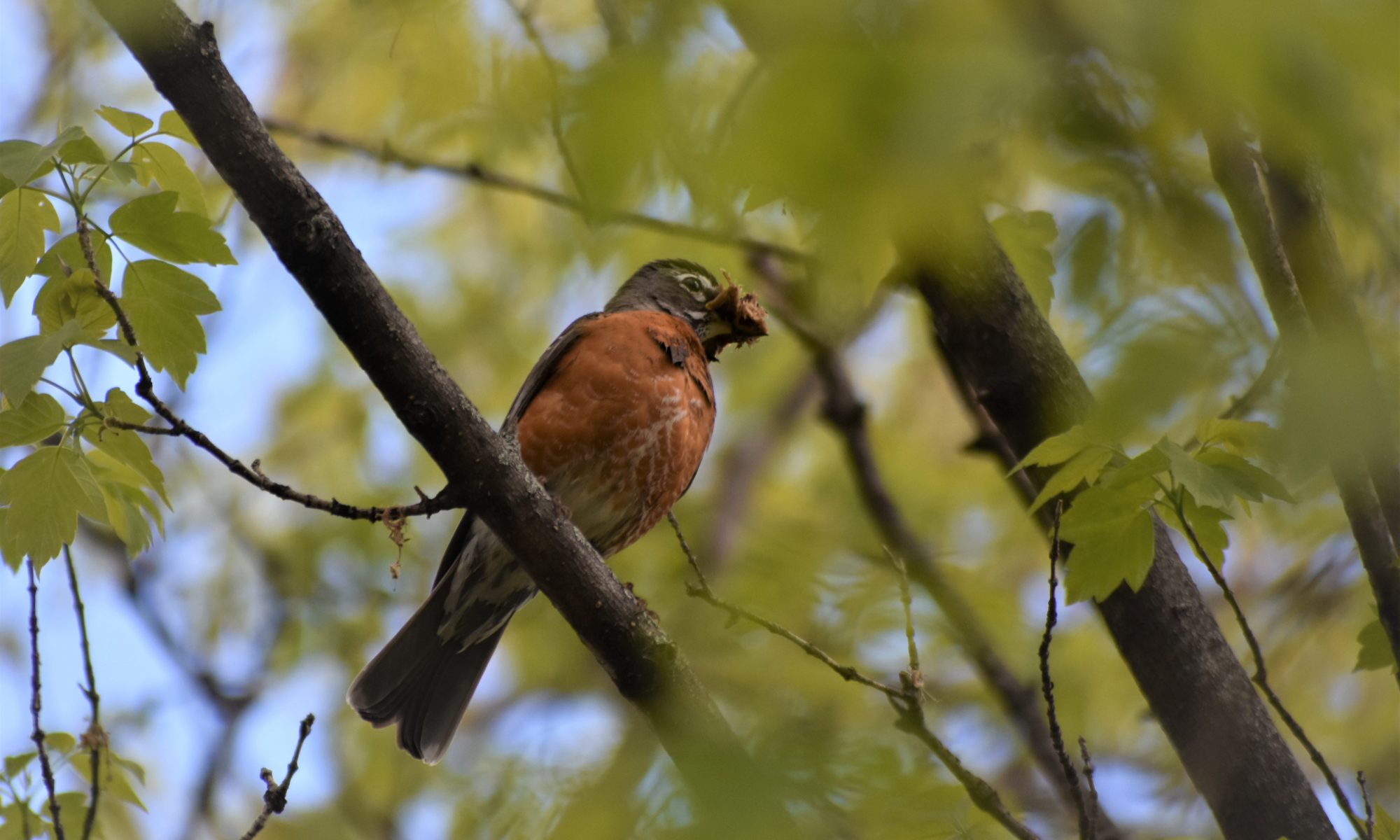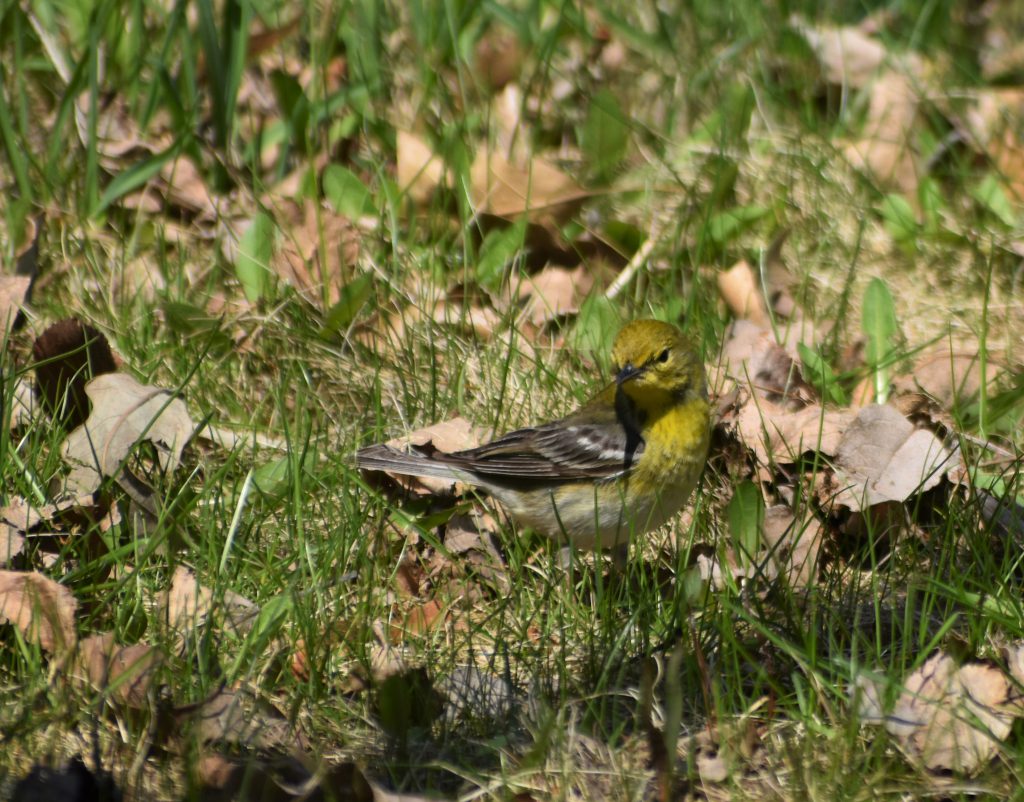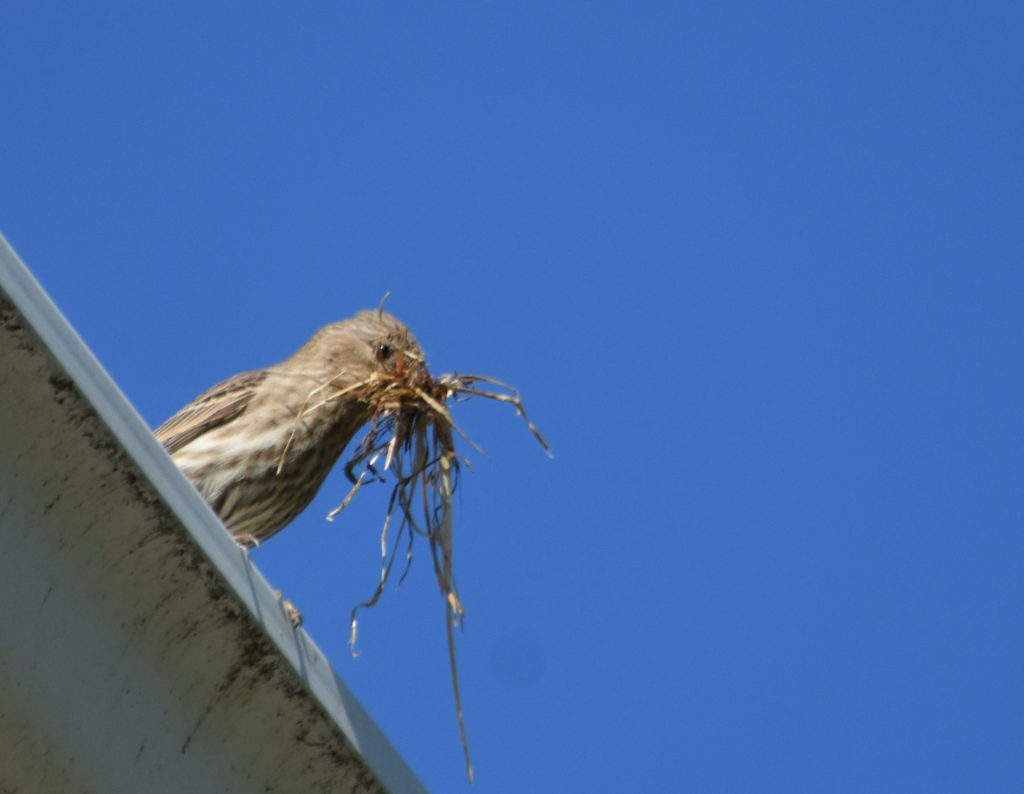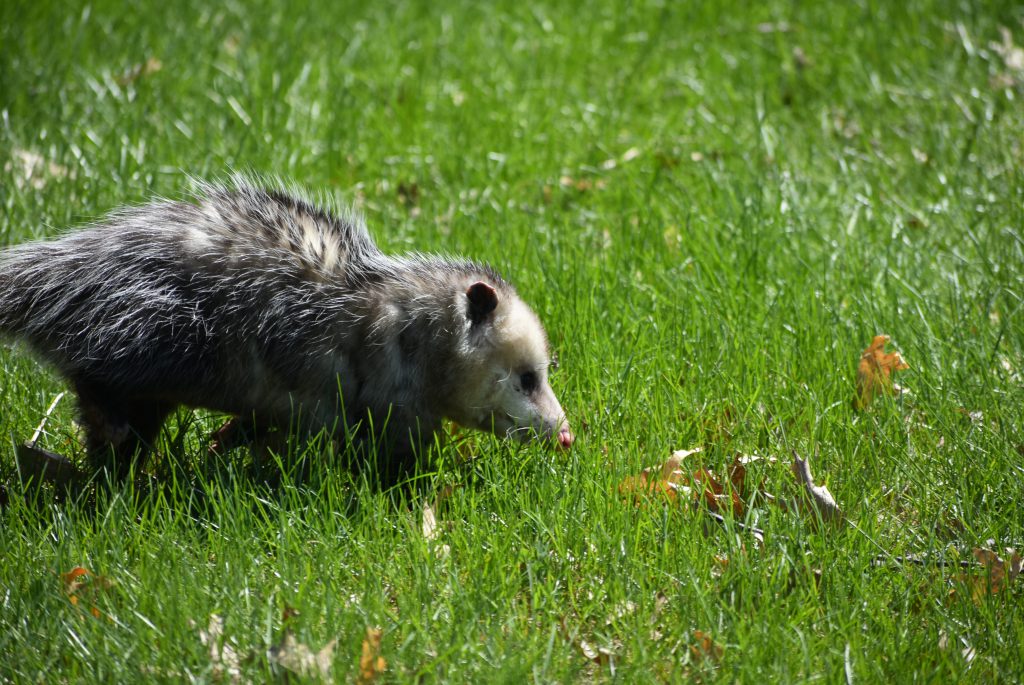Here in my yard, it seems like spring is finally arriving! I’ve been seeing birds carrying nest material, new migrants almost every day… This is my favorite part of the year, when something’s going on in my own back yard every second.
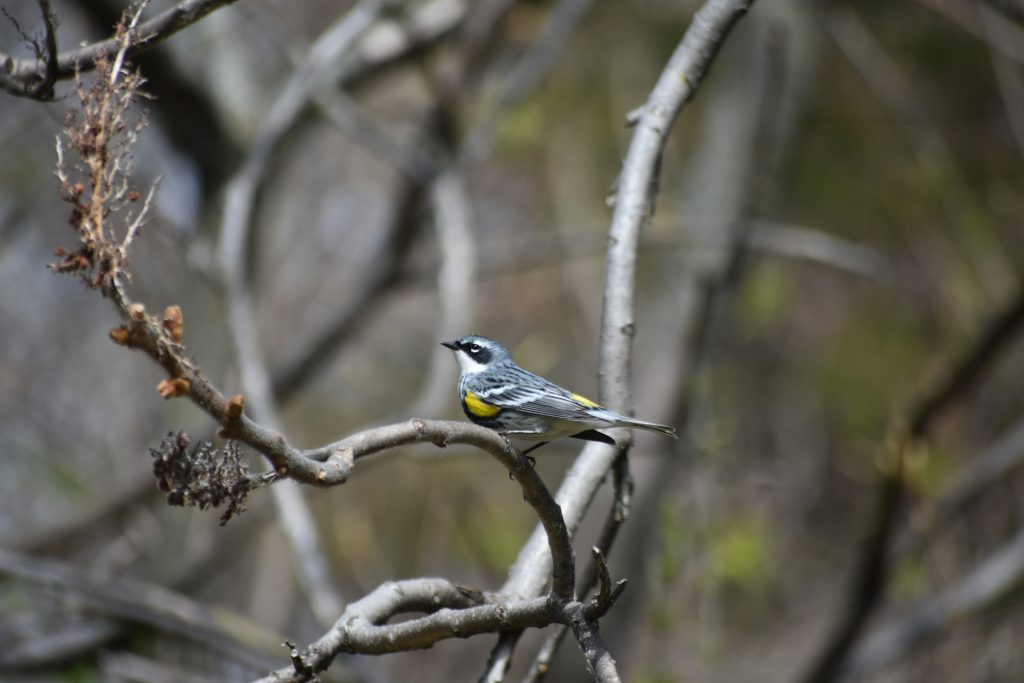
I’ve been seeing Yellow-rumped Warblers, Common Terns, Brown-headed Cowbirds, Tree and Barn Swallows… I even saw a Palm Warbler the other day! And, of course, ducks, robins and blackbirds are still here, making it really seem like spring.
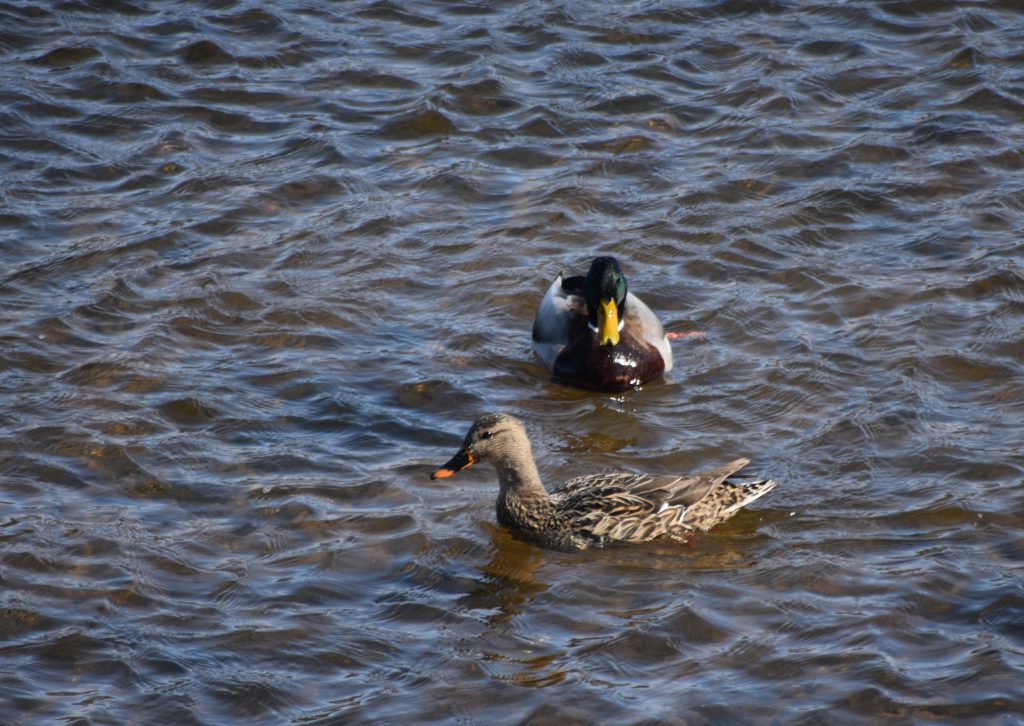
The Big Day (when birders all over the world try to submit as many checklists as possible to eBird within 24 hours) is coming up on May 9, and I’m looking forward to participating. I have special plans for it, as you’ll see! Unfortunately, any of the birding events I attended last year and was looking forwards to this year have been canceled due to the pandemic, so it looks like I’ll be for the most part stuck at home this migration season. This is where a big yard with lots of nesting habitat comes in handy – I won’t be denied my birding time, even now!
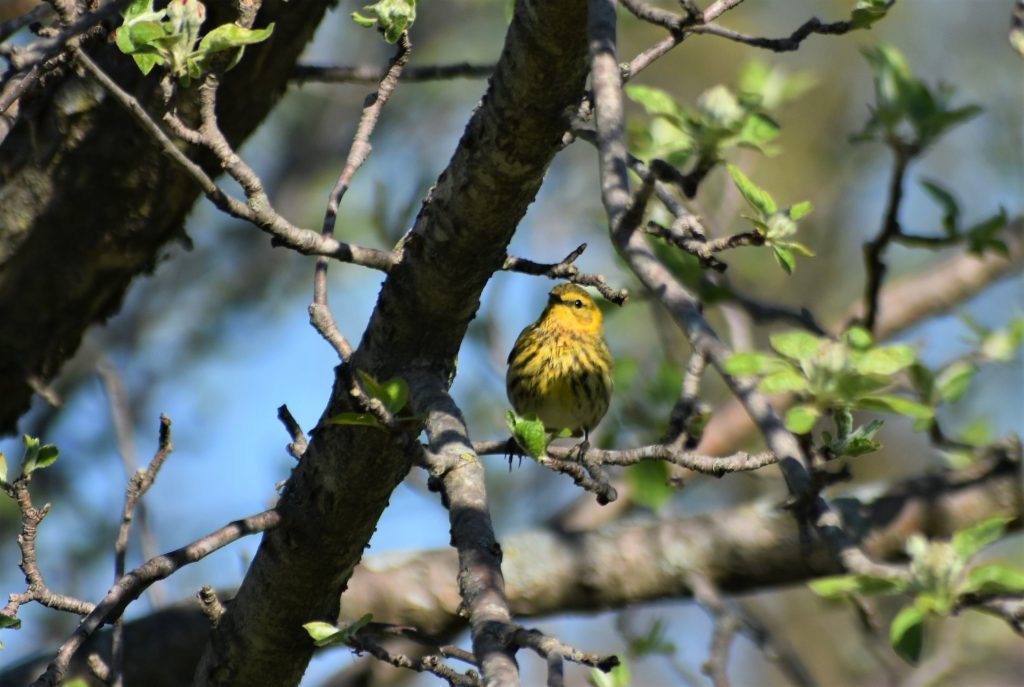
For those of you who don’t have a large yard, nearby parks would be just as good, I really recommend that. Go ahead and submit an eBird checklist from your local park or hiking trail on the 9th (for extra points, submit some any day you go birdwatching)!
Visit eBird here: https://ebird.org/home
